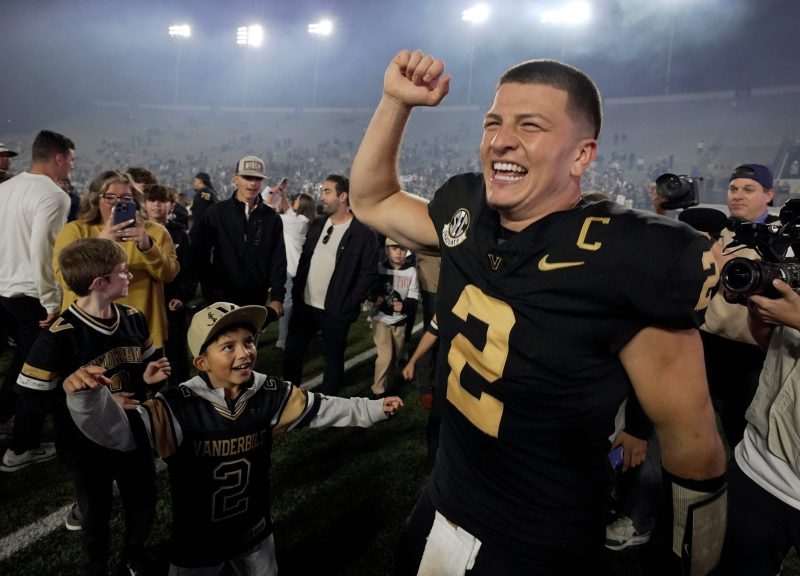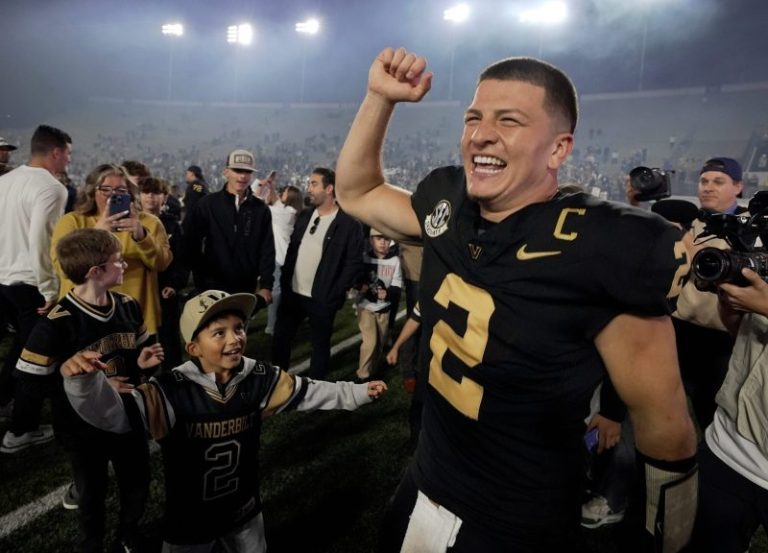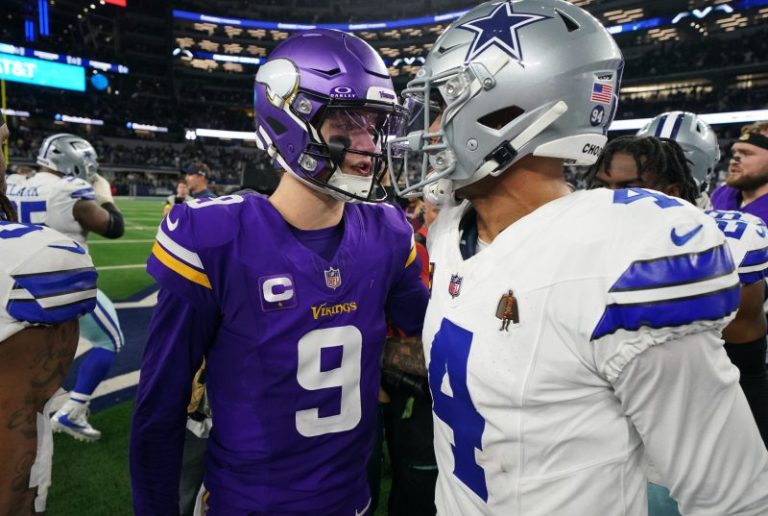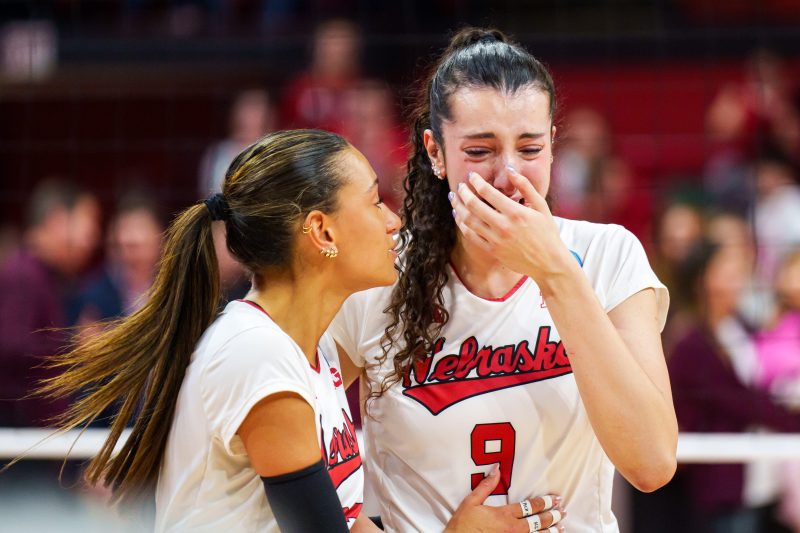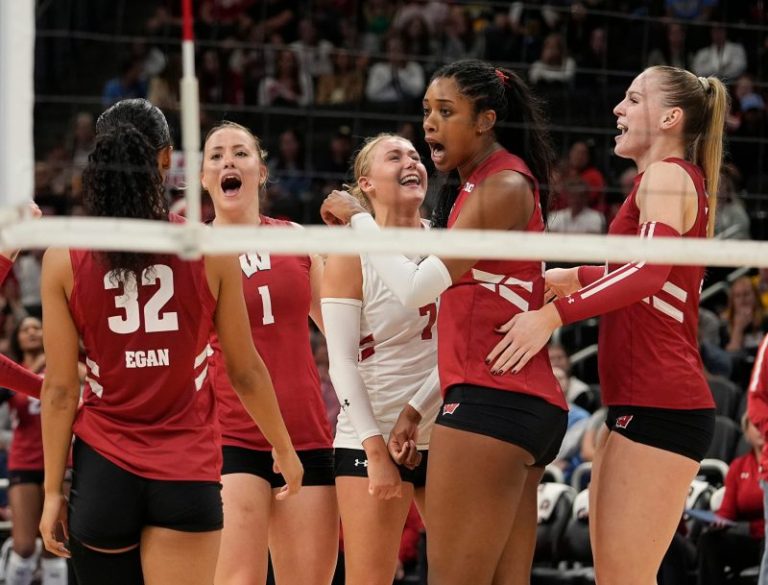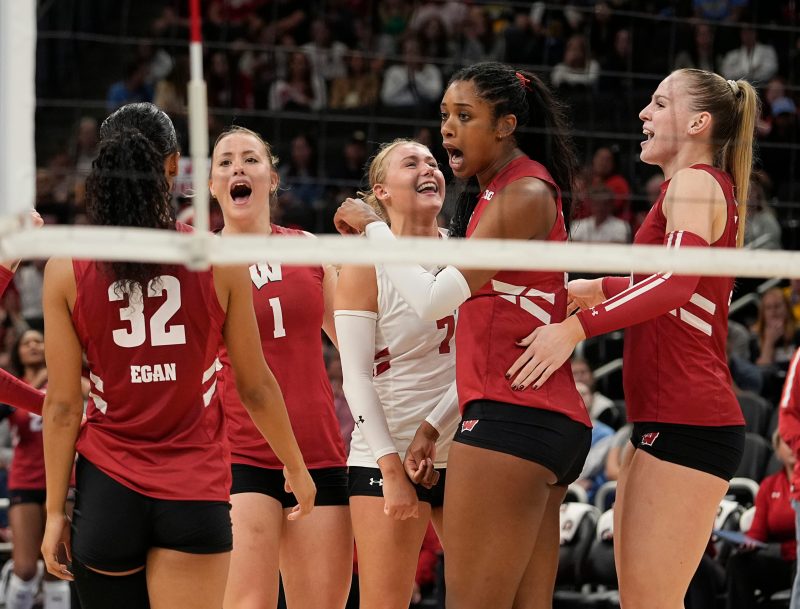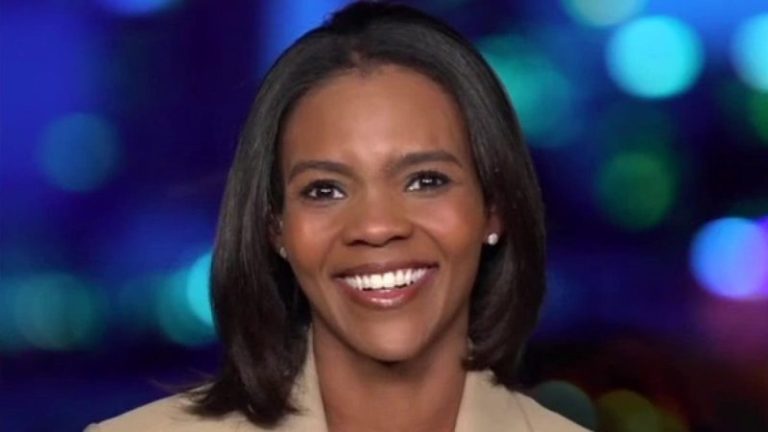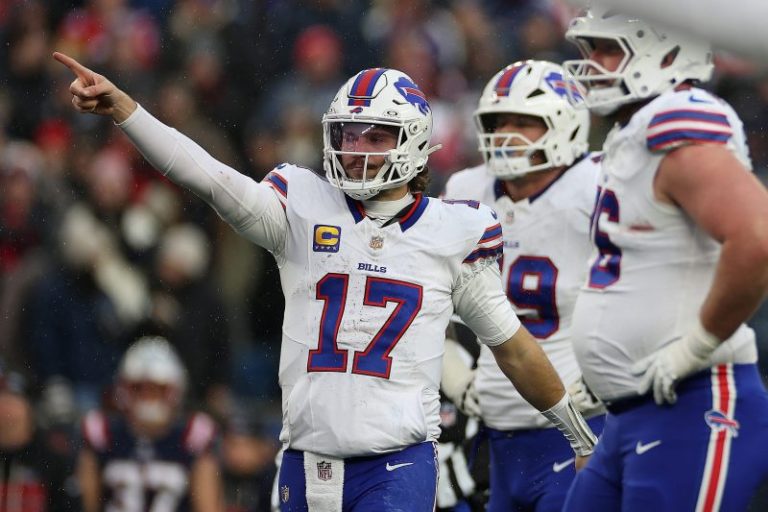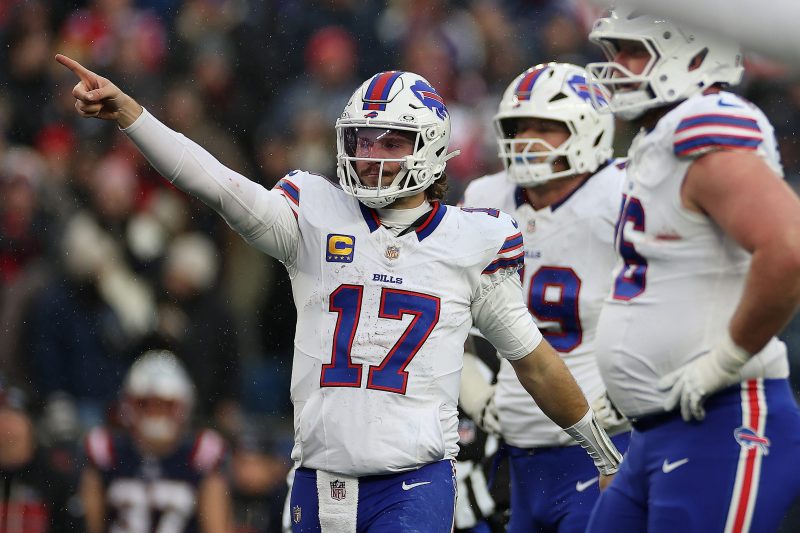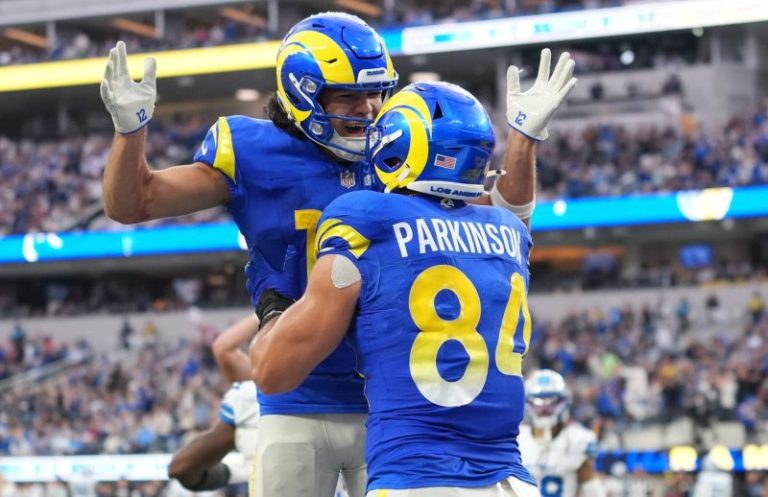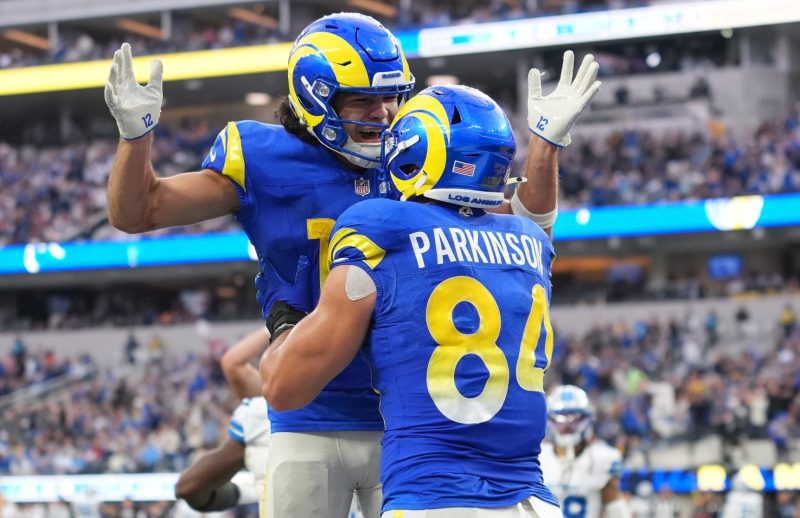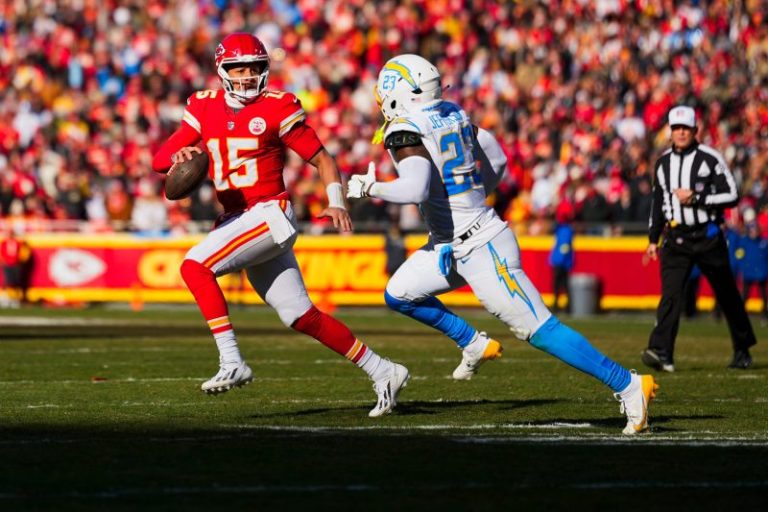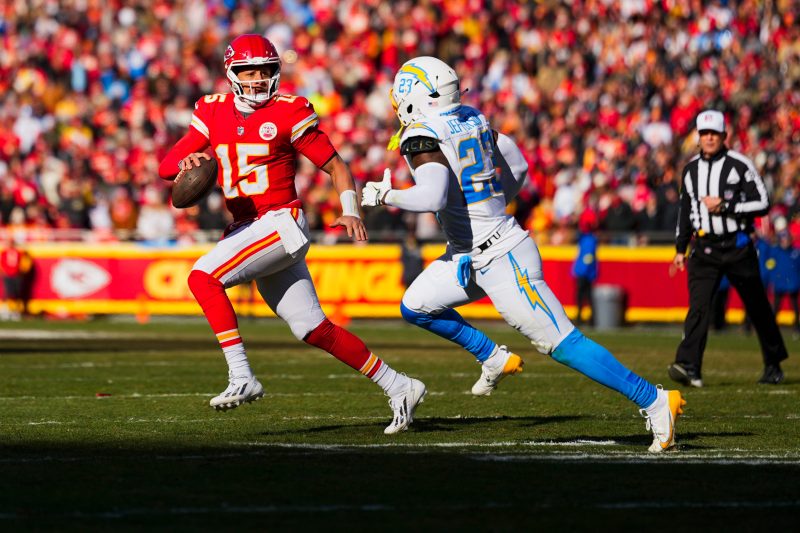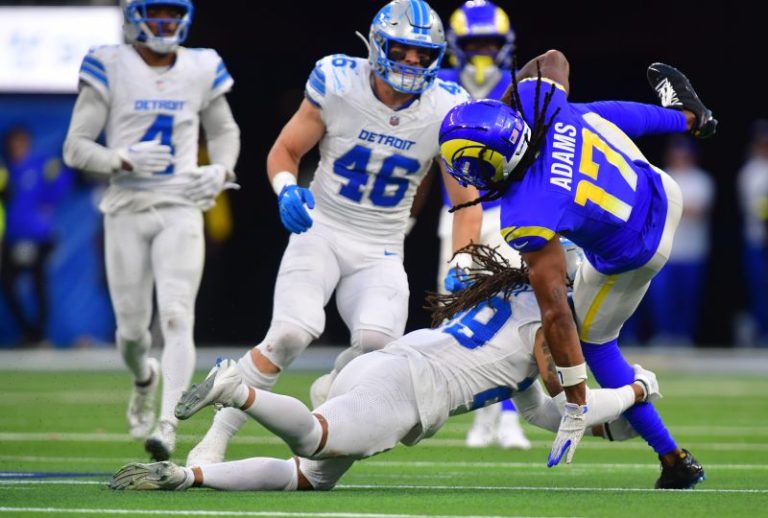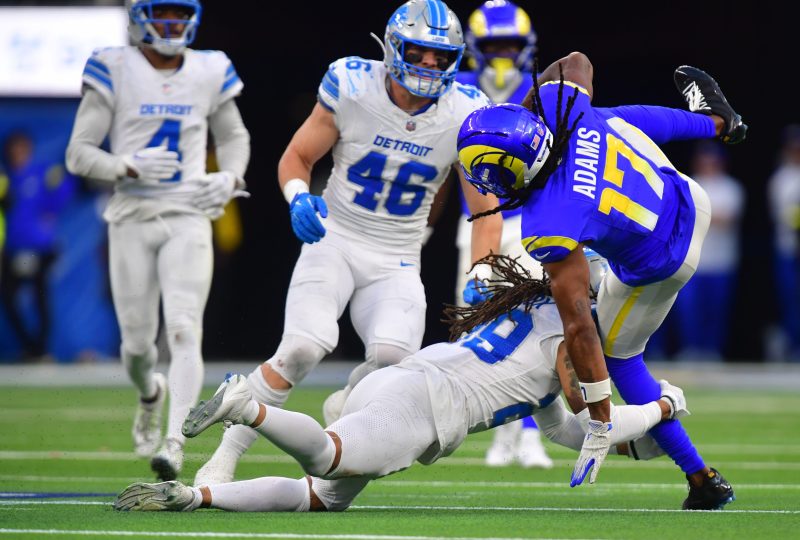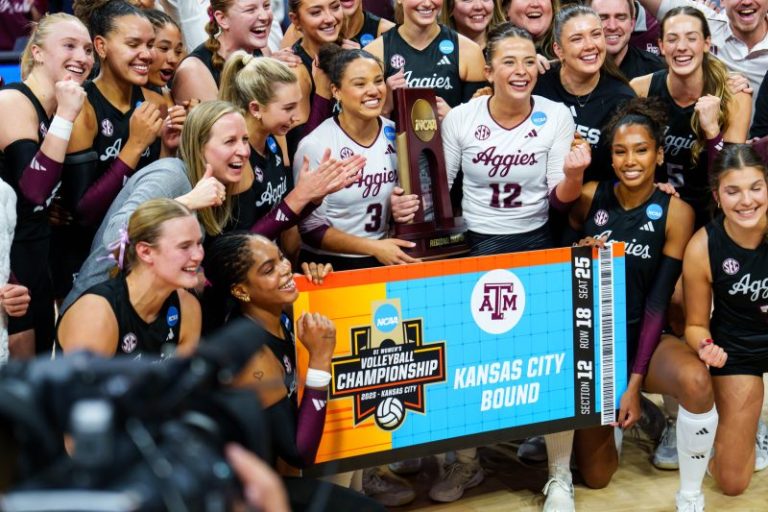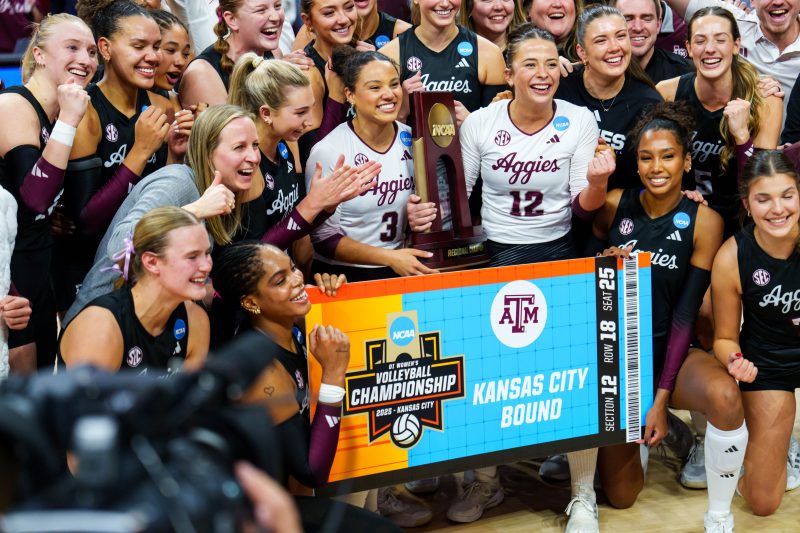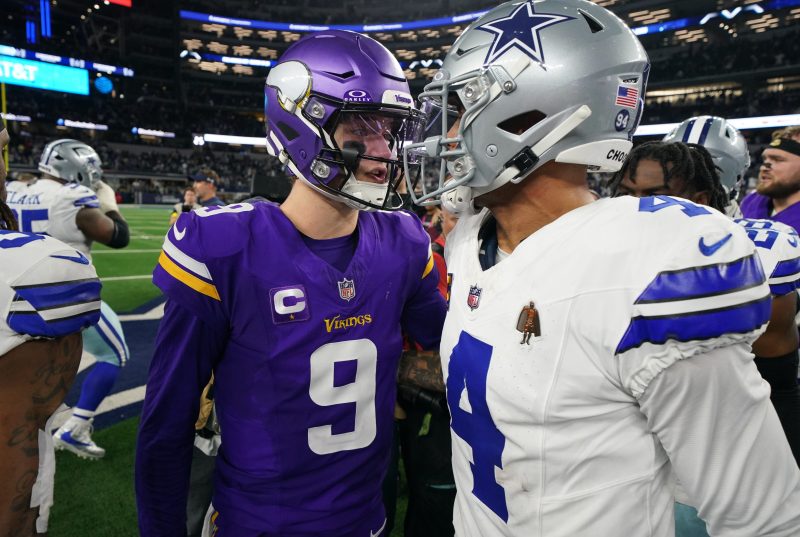
The Dallas Cowboys had more to play for on ‘Sunday Night Football’ than the Minnesota Vikings did. As the night wore on, it sure seemed like the opposite was true.
The Vikings’ 34-26 win over the Cowboys on Dec. 14 served to crush Dallas’ playoff hopes.
After the Philadelphia Eagles’ win earlier in the day, the Cowboys needed a win to keep pace with the division leaders. Their only real route to the playoffs with three weeks left rested in winning the NFC East, and the Cowboys entered Week 15 just a game and a half back of the division lead.
The Vikings, meanwhile, entered the night already eliminated from playoff contention. All they could hope to do on ‘Sunday Night Football’ was play spoiler. And play spoiler they did, handing the Cowboys a seventh loss — and second prime-time loss in a row — to drop them below .500, pushing their playoff hopes to the brink.
Here’s how it all went down on Week 15’s ‘Sunday Night Football. USA TODAY Sports provided updates, highlights and more from the ‘Sunday Night Football’ matchup between the Cowboys and Vikings below.
Cowboys vs. Vikings SNF takeaways
- The Cowboys’ defense will cost them a playoff berth: Dallas’ offense is one of the best units in the NFL by EPA/play (0.116 is fifth-best), success rate (47.2% is sixth), scoring (29.3 points per game, fourth) and total yards (394.9 yards per game, first). It was bound to struggle a bit against a Vikings defense that ranked among the best in the league. But even as Dallas’ drives stalled on ‘Sunday Night Football,’ kicker Brandon Aubrey was largely able to get points on the board. Conversely, the Cowboys’ defense has consistently ranked among the worst units in the NFL — 0.140 EPA/play allowed (29th), 48.7% success rate allowed (30th), 378.6 average yards allowed (29th) and 29.7 points per game allowed (31st). It showed in a big way against the Vikings, as Minnesota was able to sustain drives time and again despite quarterback J.J. McCarthy’s underthrows, failure to connect with Justin Jefferson and a banged-up offensive line missing its best player (LT Christian Darrisaw). The result? A career-high 250 passing yards by McCarthy, plus three total touchdowns for the quarterback — two in the air and one on the ground. And a Cowboys loss to drop them back below .500, all but completely dooming them to another year without a playoff berth.
- Justin Jefferson is having a bad year: The Vikings’ star receiver was McCarthy’s most targeted pass-catcher on Dec. 14 (eight targets) and still finished the game with just two catches for 22 yards. He had one touchdown overturned by a pre-snap procedure penalty and was unable to haul in another would-be touchdown that hit him in both hands. The Week 15 ‘Sunday Night Football’ game felt like a microcosm of Jefferson’s season — full of flowery potential that ultimately withered into disappointment. A not-insignificant factor affecting the lack of catches despite Jefferson’s high target count has been McCarthy’s struggles. There were more than a few throws that the second-year — de facto rookie — quarterback could have placed better on Dec. 14, including that would-be touchdown that hit Jefferson in the hands. But some of these throws — again, like that would-be touchdown that instead fell incomplete — are the kinds of throws that we’ve gotten used to seeing Jefferson catching, bailing his quarterback out of bad incompletions by sheer force of will and raw talent. Instead, the star receiver has struggled to connect with McCarthy in their first year together, with that non-touchdown just one bullet point in a list of misfires this year. And yet, Jefferson is still in a good position to finish the season with more than 1,000 yards in the sixth straight season to begin his career. Despite the struggles, he’s still a special player.
- Brandon Aubrey had one of the worst games of his career: The usually unflappable Cowboys kicker missed two of his career-high six field goal attempts against the Vikings. Both misses gave Minnesota a field-position advantage that it took advantage of both times, scoring a field goal on a short field the first time and putting together a 51-yard touchdown drive on a shorter field the second. In two previous career games with five field goal attempts — his previous career high — Aubrey was a perfect 5-for-5 both times.
Cowboys playoff chances
Dallas has less than a 1% chance to reach the postseason in 2025, according to the NFL’s Next Gen Stats. Dallas’ loss on ‘Sunday Night Football’ really hurt their playoff chances, and the Eagles’ win earlier today only further diminished the Cowboys’ playoff hopes.
Dak Prescott stats vs. Vikings
- 23-of-38 (60.5% completion rate)
- 294 passing yards
- 0 passing touchdowns
- 0 interceptions
- 84.8 passer rating
- 1 rushing attempts
- 2 rushing yards
- 0 rushing touchdowns
J.J. McCarthy stats vs. Cowboys
- 15-of-24 (62.5% completion rate)
- 250 passing yards
- 2 passing touchdowns
- 1 interceptions
- 108 passer rating
- 4 rushing attempts
- 15 rushing yards
- 1 rushing touchdown
Justin Jefferson stats vs. Cowboys
- 2 receptions (8 targets)
- 22 receiving yards
- 0 receiving touchdowns
CeeDee Lamb stats vs. Vikings
- 6 receptions (10 targets)
- 111 receiving yards
- 0 receiving touchdowns
George Pickens stats vs. Vikings
- 3 receptions (6 targets)
- 33 receiving yards
- 0 receiving touchdowns
Cowboys vs. Vikings highlights
Cowboys vs. Vikings final score: Vikings 34, Cowboys 26
Brandon Aubrey hits 41-yard field goal, Dallas fails to recover onside kick
The Cowboys needed two scores with time winding down, so they elected to kick a field goal on a second-and-10 play from the Vikings’ 23-yard line. Aubrey’s sixth field goal attempt was good to pull Dallas within eight points.
That made the score 34-26 Vikings. Aubrey’s ensuing onside kick attempt ended up in the Vikings’ possession, and quarterback J.J. McCarthy kneeled to end the game.
Cowboys vs. Vikings score update: Will Reichard puts Vikings up two scores
Minnesota’s kicker booted a 53-yard field goal through the uprights to put the Vikings ahead 11 points with just over a minute left. Reichard will likely finish the night 2-for-2 after his most recent make.
The Vikings’ lead is 34-23 with just over a minute left.
Cowboys vs. Vikings score update: Jalen Nailor extends Vikings’ lead with second TD
After Brandon Aubrey’s second missed field goal of the night, the Vikings drove 51 yards in five plays. They capped their possession off with Nailor’s second touchdown of the game and fourth of the season. Minnesota extended its lead to 31-23 with 9:12 left in the game.
Vikings 31, Cowboys 23
Cowboys vs. Vikings score update: C.J. Ham TD gives Vikings the lead
Minnesota’s fullback took an inside handoff from quarterback J.J. McCarthy before walking across the goal line untouched.
Ham’s first touchdown of the season and third career score gave the Vikings a 24-23 lead — after kicker Will Reichard’s extra point — with 1:12 left in the third quarter.
Vikings 24, Cowboys 23
Cowboys vs. Vikings score update: Brandon Aubrey hits another FG
The Cowboys’ offense once again stalled in Minnesota territory, and Aubrey once again knocked through a field goal to let his team come away with points.
With the kick, Dallas extended its lead to 23-17 with 4:50 left in the third quarter.
Cowboys vs. Vikings score update: Brandon Aubrey’s second FG reclaims Cowboys’ lead
The Vikings’ defense bent but didn’t break once again, stopping the Cowboys’ offense inside Minnesota’s own 10-yard line to start the second half.
Aubrey converted on his 26-yard field goal attempt to put the Cowboys back on top. Dallas holds a 20-17 lead with 11:09 left in the third quarter.
Cowboys 20, Vikings 17
Javonte Williams returns
The Cowboys’ lead running back had been out of the game since the Cowboys’ first drive, when he injured his shoulder.
Williams was back to begin the second half and recorded a carry on Dallas’ first drive.
Cowboys vs. Vikings score at halftime: Cowboys 17, Vikings 17
Dallas kicker Brandon Aubrey nailed a 37-yard field goal after missing a 51-yarder earlier to even the score as ‘Sunday Night Football’ headed into halftime.
The Cowboys will receive the kickoff to begin the second half.
Cowboys vs. Vikings score update: Vikings take their first lead on FG
Kicker Will Reichard knocked through a 29-yard field goal to give his team its first lead of the game after Minnesota’s drive stalled in the red zone. It’s 17-14 Vikings with 1:48 left in the first half.
Vikings 17, Cowboys 14
Justin Jefferson contract
- Length: Four years
- Value: $140 million
- AAV: $35 million
Jefferson signed a four-year, $140 million contract extension with the Vikings in 2024, including $110 million in guarantees. At the time, the deal made him the highest-paid non-quarterback in NFL history.
After former college teammate and current Cincinnati Bengals receiver inked a four-year, $161 million contract this past offseason, Jefferson is now the second-highest-paid receiver in the NFL by average annual value.
Who is the Minnesota Vikings head coach?
Kevin O’Connell is the Vikings’ head coach. The former Los Angeles Rams offensive coordinator took over as Minnesota’s head coach in 2022, shortly after helping the Rams win Super Bowl 56.
Cowboys coaching staff
Dallas opened the 2025 season with a new coaching staff after firing previous head coach Mike McCarthy.
- Head coach: Brian Schottenheimer
- Offensive coordinator: Klayton Adams
- Defensive coordinator: Matt Eberflus
Schottenheimer previously served as the Cowboys’ offensive coordinator before being promoted to head coach in the offseason. Dallas hired Adams, the former Cardinals offensive line coach, to replace Schottenheimer as offensive coordinator. Eberflus served as the Chicago Bears’ head coach from 2022 until his firing after Thanksgiving last year.
Are the Minnesota Vikings eliminated from the playoffs?
Yes. The Vikings were eliminated from playoff contention before tonight’s kickoff.
Cowboys vs. Vikings score update: J.J. McCarthy evens the score
On a fourth-and-goal play from the 1-yard line, McCarthy faked a handoff to running back Jordan Mason, then literally danced into the end zone untouched.
It’s 14-14 with 9:28 left in the first half.
Cowboys 14, Vikings 14
Cowboys vs. Vikings score update: Malik Davis pushes the Cowboys ahead
Dallas ran two plays from the 1-yard line to begin the second quarter, and Davis hit pay dirt on the second try.
Filling in for the injured Williams, Davis scored the second touchdown of the season and third of his four-year career to put the Cowboys back on top. It’s 14-7 Dallas, eight seconds into the second quarter.
Cowboys 14, Vikings 7
Cowboys vs. Vikings score update: Jalen Nailor scores TD, suffers injury
Nailor was the beneficiary of a deep throw from quarterback J.J. McCarthy at the end of the Vikings’ third offensive drive. He hauled in the 20-yard pass for the touchdown, and kicker Will Reichard’s extra point evened the score.
Nailor remained on the ground and had to be attended to by Vikings trainers after the play. The game is tied at seven with 2:35 left in the first quarter.
Cowboys 7, Vikings 7
Javonte Williams injury update: Questionable to return (shoulder)
After scoring his touchdown, Williams underwent a medical evaluation with trainers on the Cowboys’ sideline.
The team has declared the running back questionable to return with a shoulder injury, according to ESPN’s Adam Schefter.
What is Dak Prescott’s jersey patch?
Prescott is wearing a jersey patch honoring his 2022 selection as the NFL’s Walter Payton Man of the Year.
The jersey patches were created by the NFL in 2017 to raise awareness of the award, which the league considers its most prestigious. The jersey patches are to be worn by any active player who has won the Walter Payton Man of the Year award.
Cowboys vs. Vikings score update: Javonte Williams scores first TD
The Cowboys take the lead on a one-yard rush from the veteran running back early in the first quarter. A fake field goal rush by kicker Brandon Aubrey on a fourth-and-4 situation a few plays earlier set up the rest of the touchdown drive. Dallas was able to put seven points on the board coming off of Vikings quarterback J.J. McCarthy’s interception on the second play of the game.
It’s 7-0 Cowboys with 8:23 left in the first quarter.
Cowboys 7, Vikings 0
What TV channel is the Cowboys vs Vikings game on?
NBC is the broadcast home of ‘Sunday Night Football.’ Mike Tirico and Cris Collinsworth will be on the call, with Melissa Stark providing updates from the sidelines.
What time is the Cowboys game on tonight?
- Start time: 8:20 p.m. ET | 7:20 p.m. CT
The Cowboys and Vikings are scheduled for an 8:20 p.m. ET kickoff, the customary start time for ‘SNF.’ The Vikings travel to AT&T Stadium in Arlington, Texas for the tilt.
Cowboys vs Vikings stream
NBC’s proprietary streaming service, Peacock, will carry the matchup.
Watch Cowboys vs. Vikings on Peacock
Cowboys vs Vikings picks, predictions
Here’s how USA TODAY Sports’ NFL experts feel this week’s game will go (hint: it’s a clean sweep for Dallas):
- Jarrett Bell: Cowboys, 30-23
- Nick Brinkerhoff: Cowboys, 30-23
- Chris Bumbaca: Cowboys, 26-23
- Nate Davis: Cowboys, 27-23
- Tyler Dragon: Cowboys, 28-20
- Mike Middlehurst-Schwartz: Cowboys, 23-20
Cowboys vs Vikings odds, moneyline, O/U
Provided by BetMGM Sportsbook; access USA TODAY Sports Scores and Sports Betting Odds hub for a full list. Lines last updated Sunday at 9:11 a.m.
- Moneyline (ML): Dallas -275 (Bet $275 to win $100) | Minnesota +225 (Bet $100 to win $225)
- Against the spread (ATS): Dallas -5.5 (-110) | Minnesota +5.5 (-110)
- Over/Under (O/U): 48 (O: -105 | U: -115)
NFC East standings
The Cowboys enter tonight’s game in second place in the NFC East.
- Philadelphia Eagles (9-5)
- Dallas Cowboys (6-6-1)
- Washington Commanders (4-10)
- New York Giants (2-12)
Cowboys inactives vs. Vikings
Dallas will be without startingtackle Tyler Guyton for a third straight week.
- WR Jalen Tolbert
- OT Tyler Guyton
- RB Jaydon Blue
- DT Jay Toia
- DT Perrion Winfrey
Vikings inactives vs. Cowboys
- LT Christian Darrisaw
- T Walter Rouse
- EDGE Chazz Chambliss
- DT Elijah Williams
Cowboys playoff picture
The Cowboys enter Week 15 with an estimated 7% chance to make the playoffs, according to NFL Next Gen Stats. With a win on ‘Sunday Night Football,’ those odds would improve to 10% and a loss would drop those chances down to just 1%.
NFL playoff picture: NFC bracket
- Los Angeles Rams (11-3, NFC West leaders)*
- Chicago Bears (10-4, NFC North leaders)
- Philadelphia Eagles (9-5, NFC East leaders)
- Tampa Bay Buccaneers (7-7, NFC South leaders)
- Seattle Seahawks (11-3, wild card No. 1)
- San Francisco 49ers (10-4, wild card No. 2)
- Green Bay Packers (9-4-1, NFC North leaders)
* Clinched playoff berth
In the hunt: Detroit Lions (8-6), Carolina Panthers (7-7), Dallas Cowboys (6-6-1).
Eliminated: Minnesota Vikings (5-8); Atlanta Falcons (5-9); New Orleans Saints (4-10); Washington Commanders (4-10); Arizona Cardinals (3-11); New York Giants (2-12).
This post appeared first on USA TODAY
